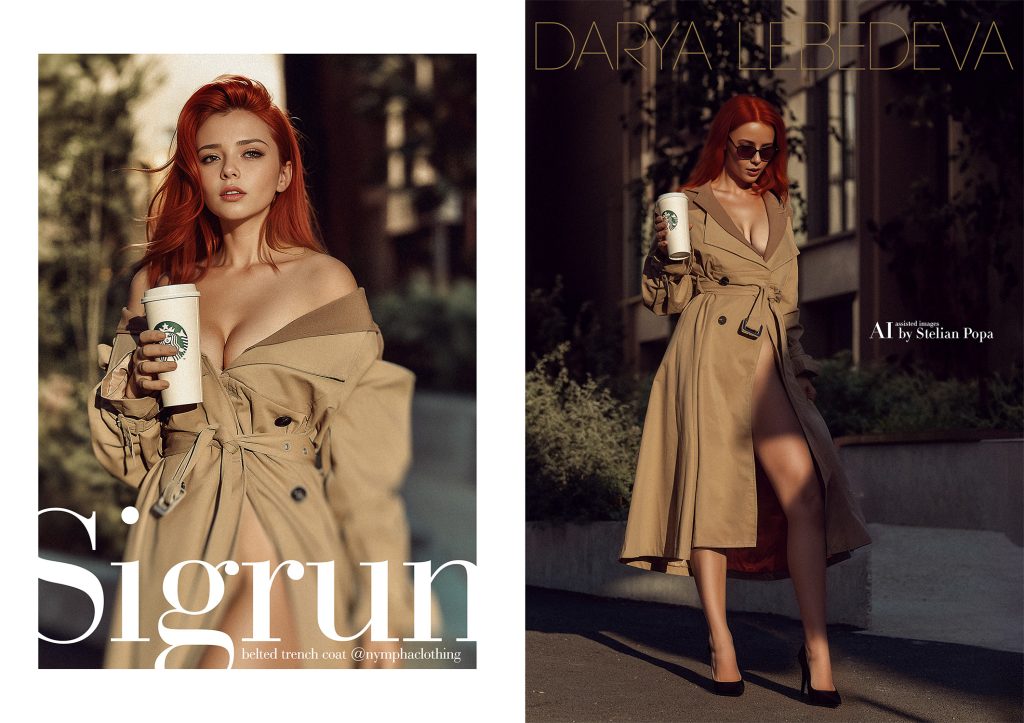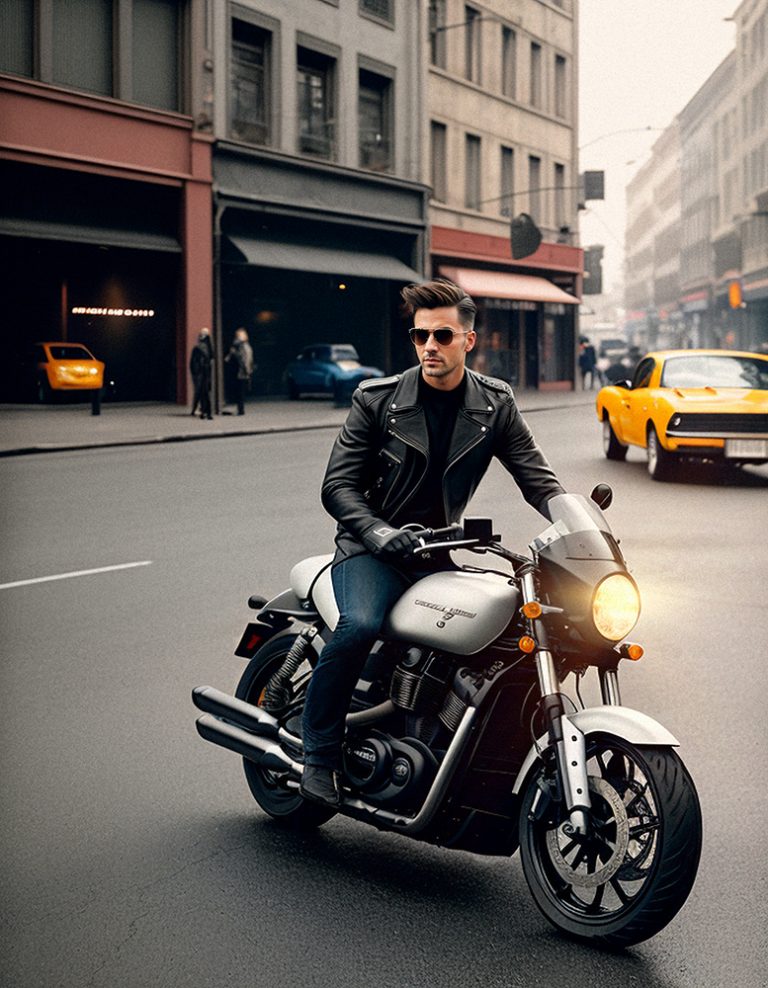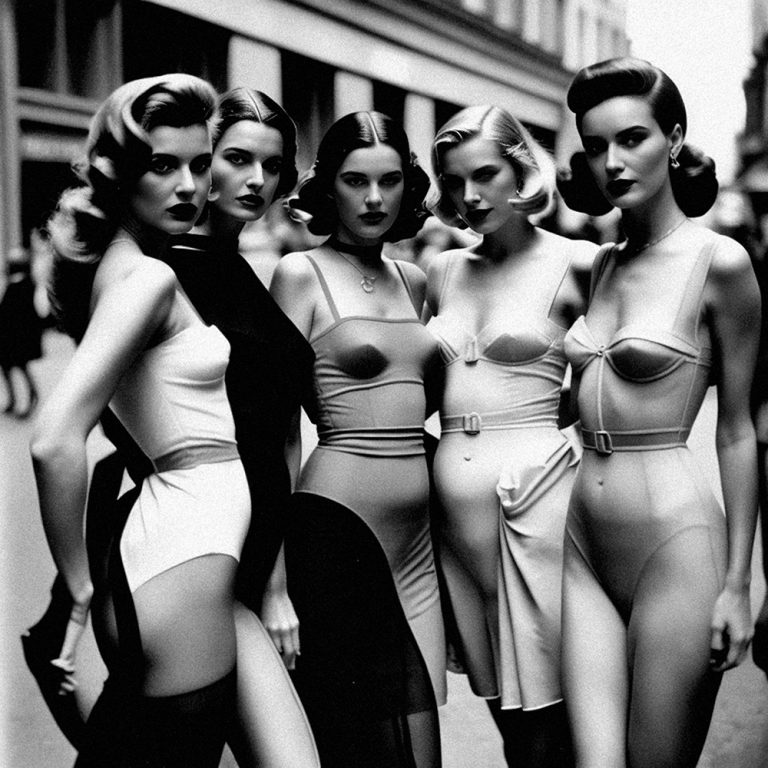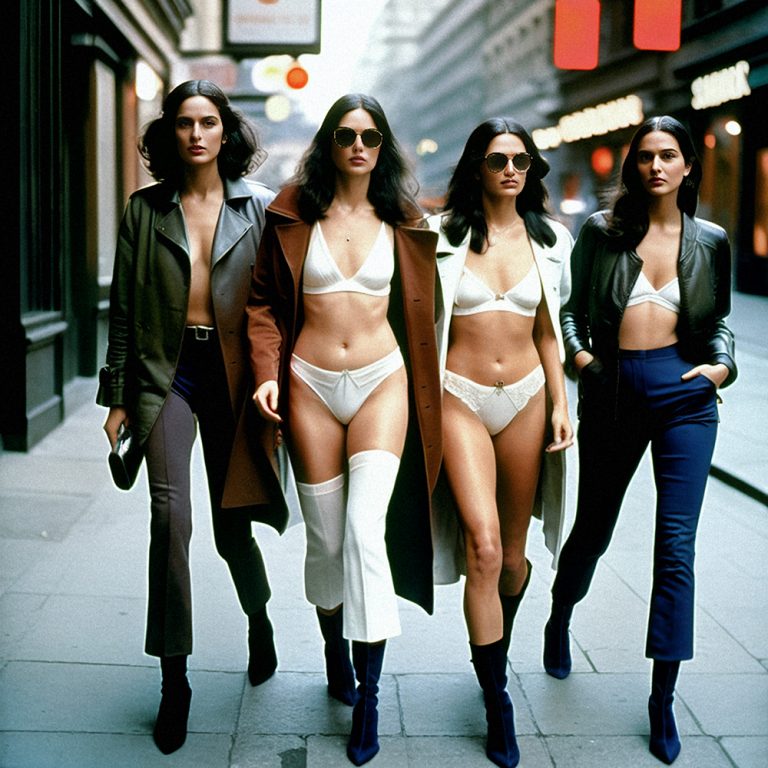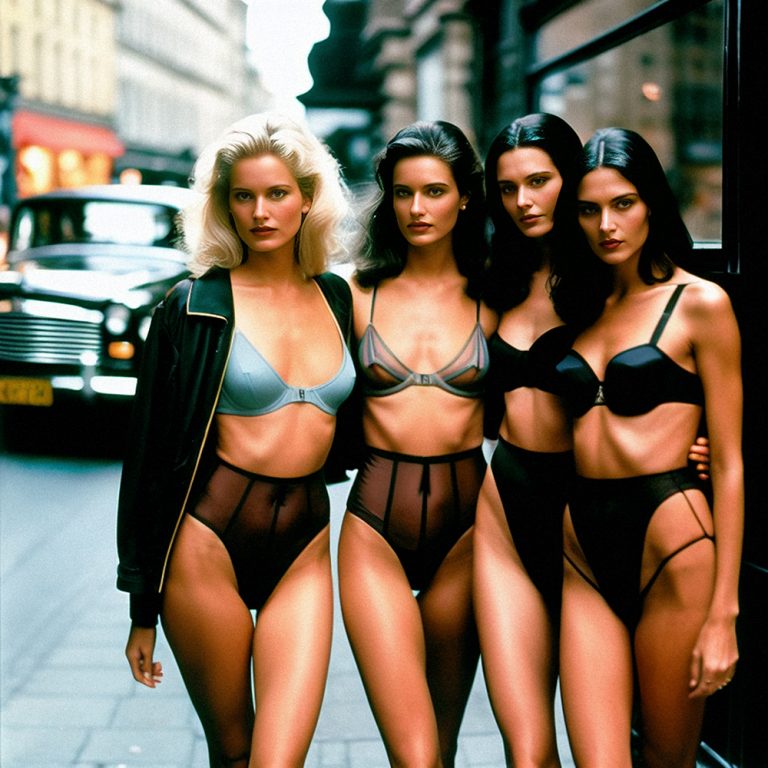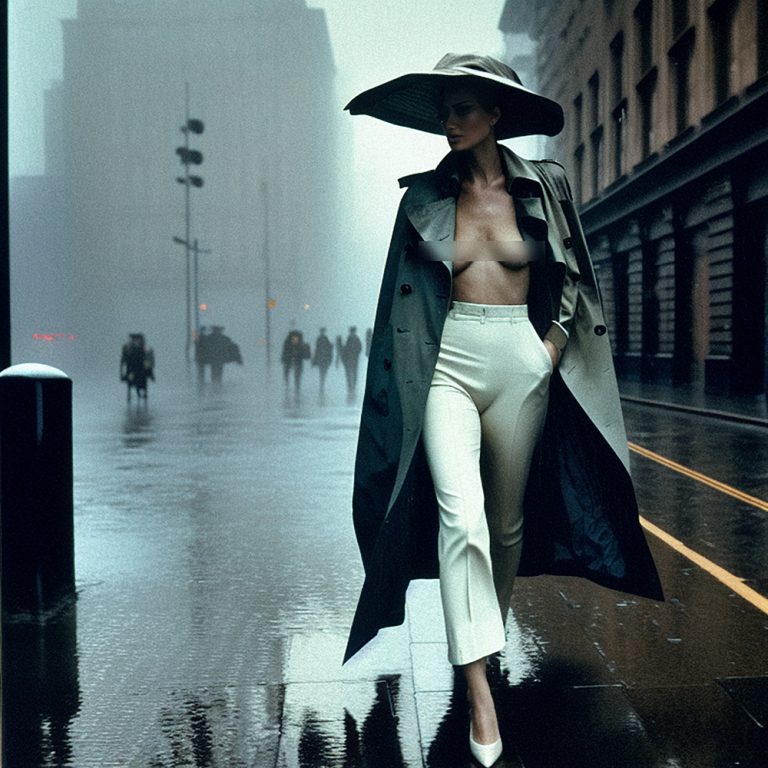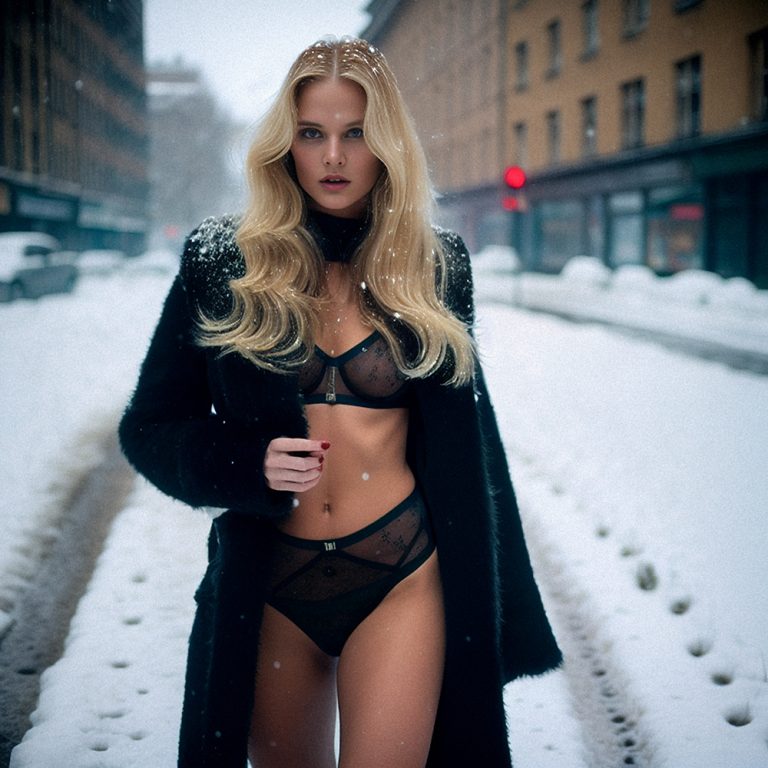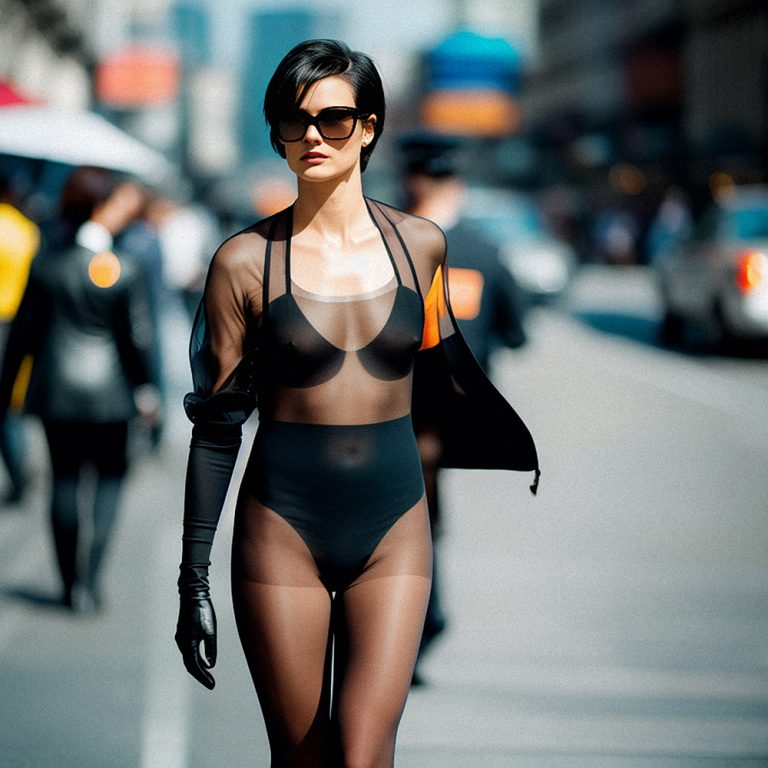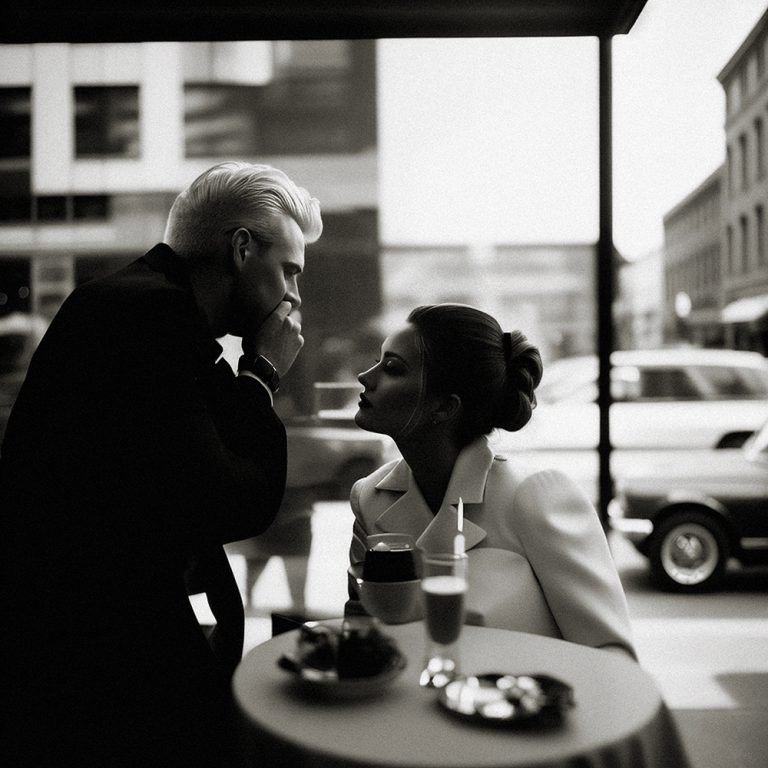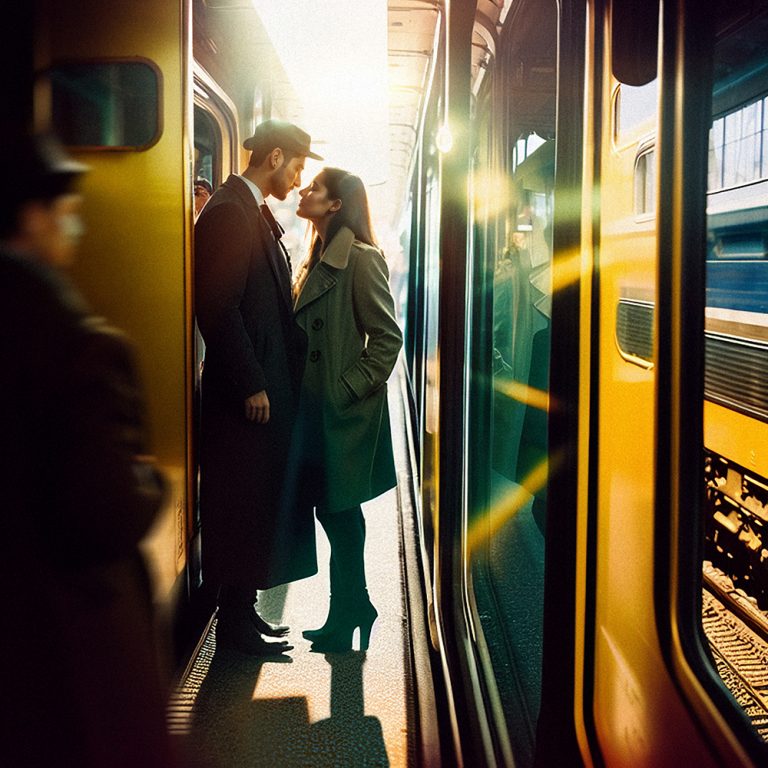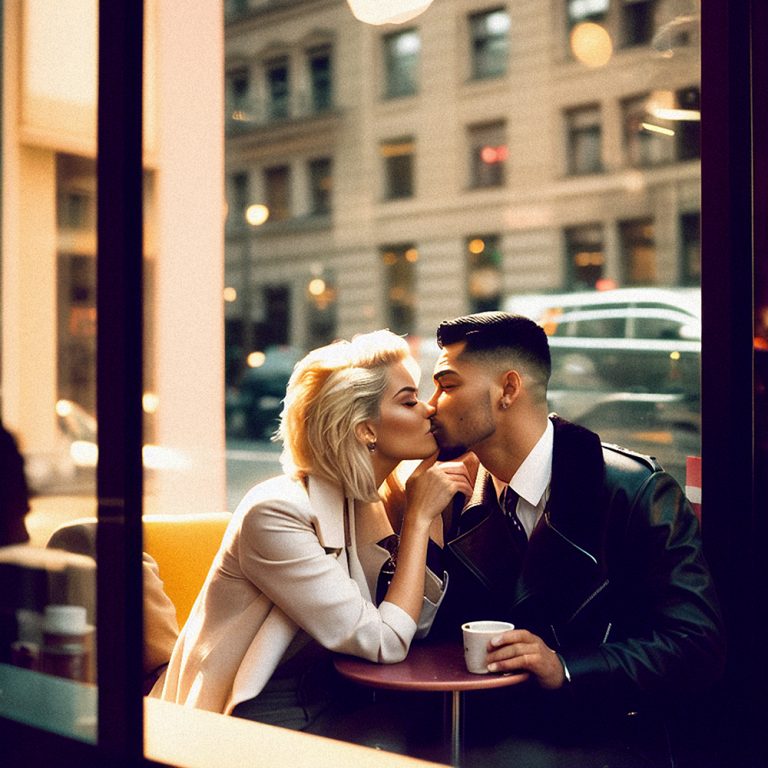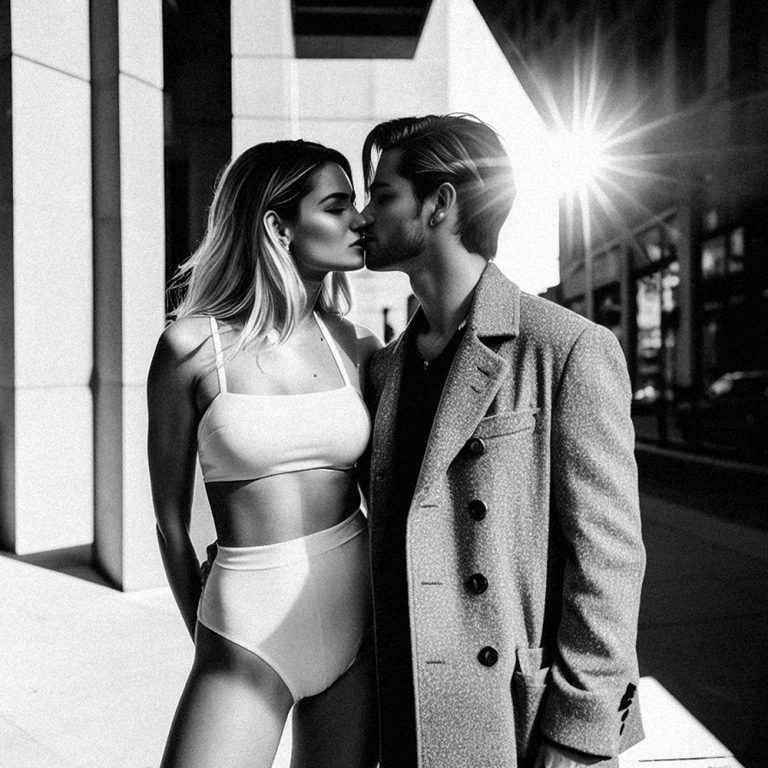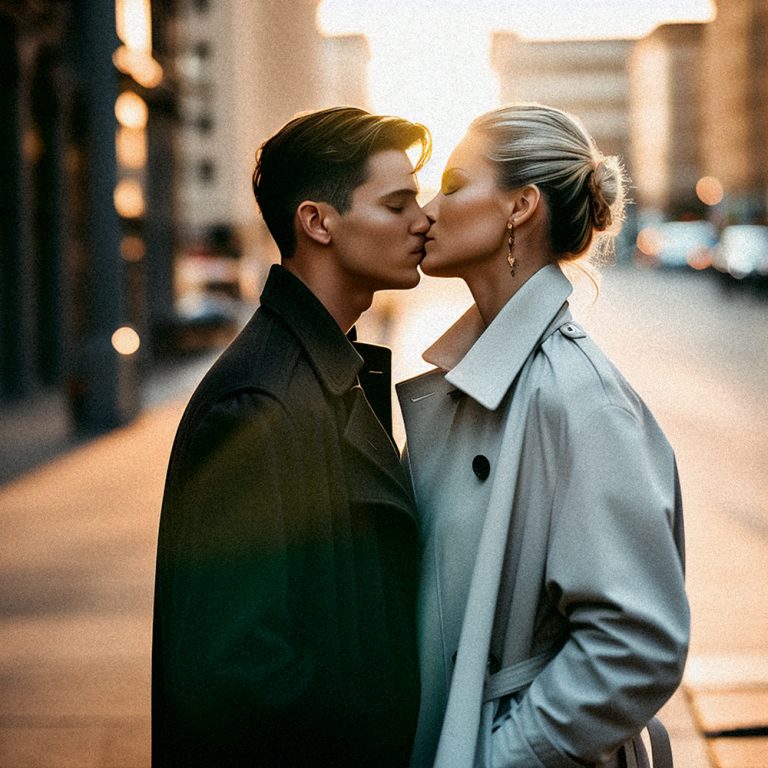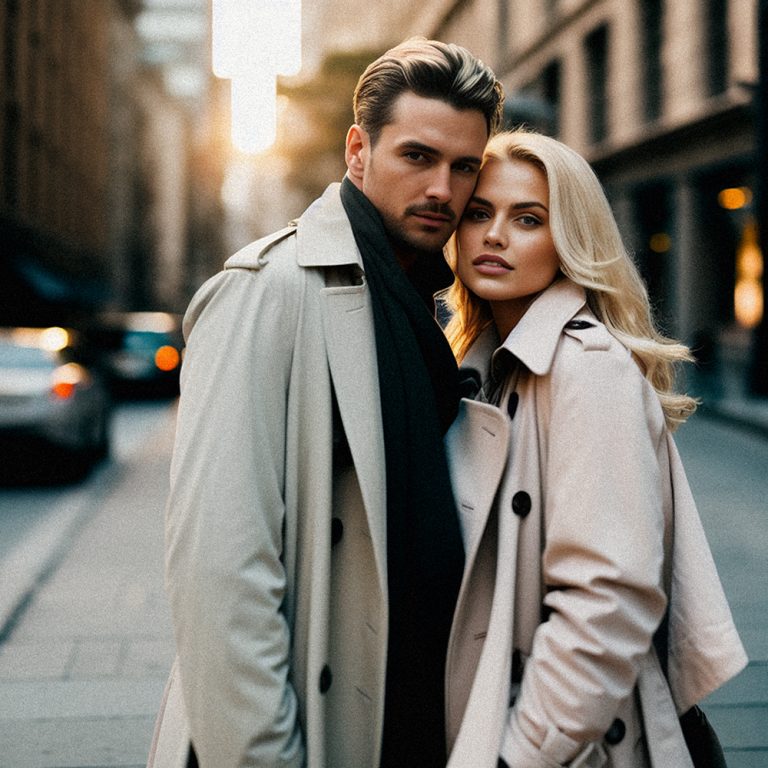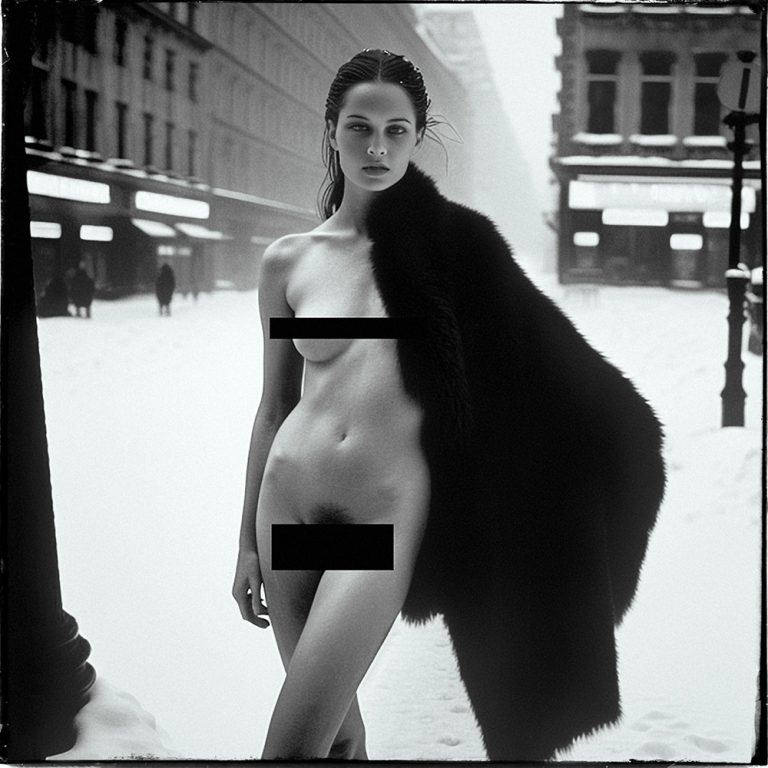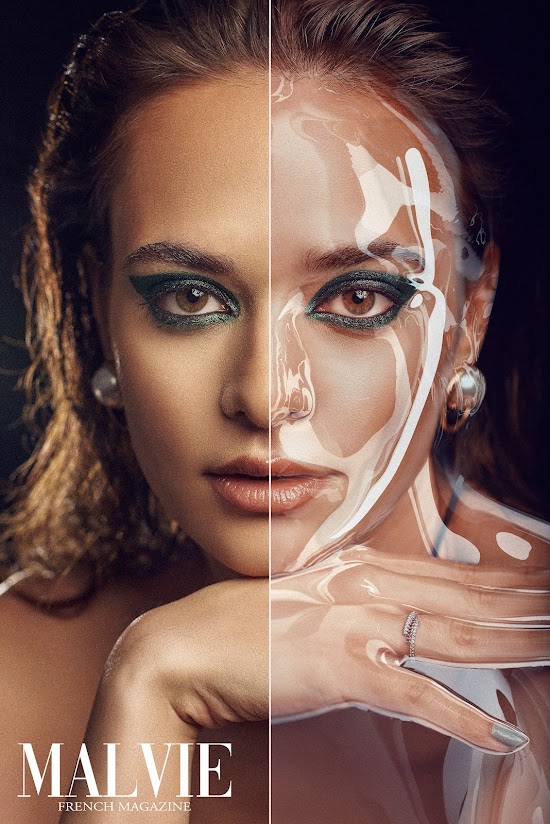From 2017 to 2025: How AI Transformed My Old Photoshoot
Back in 2017, I did a photoshoot that, at the time, felt complete. It was one of those sessions where the connection with the model, the light, and the atmosphere all came together naturally. Yet, looking back today, I realize that what I had then was only part of the story.
In 2017 there was no AI as we know it today. Photography and editing were still defined strictly by what you captured on set and by how far you could push Photoshop without breaking the realism of the image. Background replacement or creative alterations were possible, of course, but always time-consuming, imprecise, and sometimes even frowned upon.
Fast forward to 2025, and the landscape has completely changed. AI has become not just a tool but an extension of the creative process. For this series, I decided to revisit those images from 2017 and give them a new life. Using ReveAI, I created fresh backgrounds—scenes that didn’t exist back then but felt aligned with the mood I originally had in mind. Then, through Photoshop integration and detailed editing, I merged the old and the new, keeping the essence of the subject while placing her into an environment that enhances the emotion of the portrait.
Read more →
